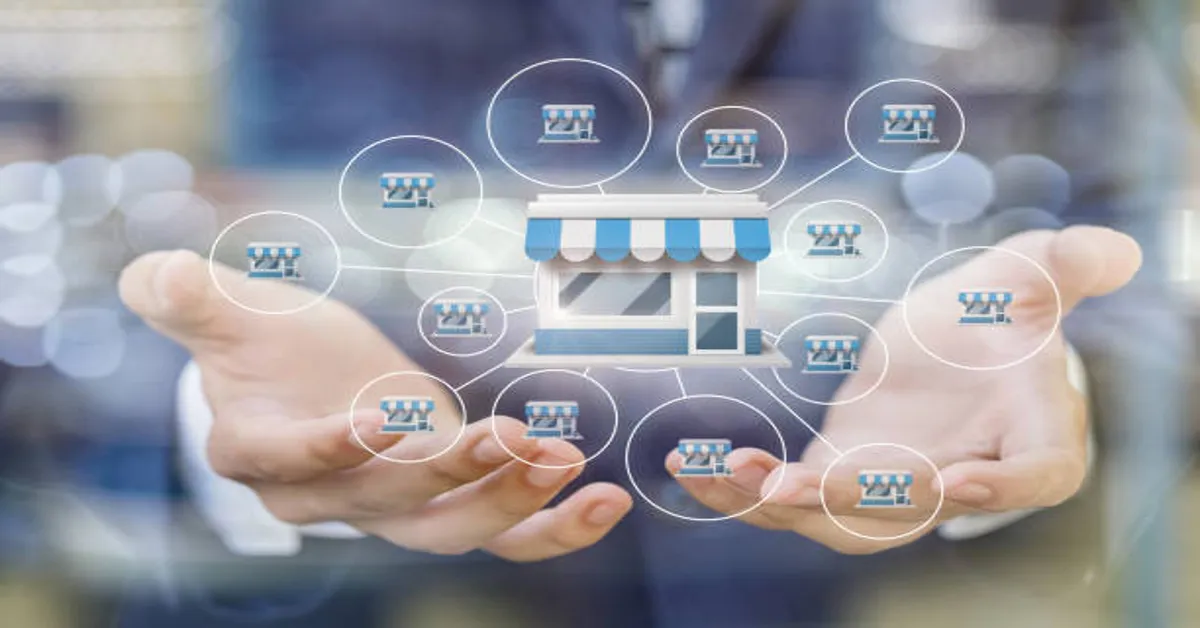Responsive customer support is not a luxury anymore. It has become a fundamental pillar of business operations, especially for small ventures. From helping customers in resolving their queries or upselling products and services, solid support can help small businesses in every aspect.
However, in the age where people’s needs dictate businesses’ decisions, I believe it’s important to set up a multi-channel customer support. It’s because while some people might prefer talking to a real agent, others want quick answers with the help of AI chatbots.
Nonetheless, I’m going to explain what multi-channel support is, and how your business can leverage its true power. So, let’s start:
What is a Multi-Channel Customer Support?
A multi-channel support includes different communication channels. For instance, social media pages, emails, AI chatbots, live chat, a phone line, and on-ground stores etc. This way, businesses can thoroughly provide assistance to customers in whatever way they want.
Also, as I mentioned above, customers’ preferences dictate business decisions now. And, while they need a staunch customer support, they want a personalized channel to address their queries. For that reason, businesses need to invest in creating a reliable multi-channel customer support.
Having said that, more companies are now focusing on providing a multi-channel support to their customers. For instance, my Internet service provider (ISP), Optimum, offers one too.
I can call Optimum Mobile customer service, reach out to them via chat support or app, visit a nearby store, or get in touch on X. Also, whenever I’ve reached out to them on any channel, they’ve offered responsive and reliable support and quickly resolved my queries.
Key Mediums in Multi-Channel Customer Support:
The following are some of the most effective mediums in a multi-channel customer support:
- Email: It is not the fastest, yet an effective way to offer customer support. Customers can reach out to you via email for detailed queries, issues and attach proofs via an email channel.
- Phone: This channel is suitable for quickly resolving customer queries in real-time. It also allows businesses to upsell their promotional or discounted offers.
- Live Chat: Most people who avoid talking on a phone call opt for this option. It can be an effective support channel and reduce response time.
- Self-Service Page: Businesses can create a self-service or frequently asked questions (FAQs) page on their website. They can answer general queries and help customers find solutions on their own.
Benefits of Multi-Channel Customer Support:
A multi-channel customer support offers several advantages. Below, I’ll discuss some major ones:
- Sales and Revenue:
A reliable multi-channel customer support can directly contribute to increasing your business’s sales and revenue. Backing this with facts, almost 68% of customers are willing to pay more to a business that is famous for its responsive support.
- Customer’s Life Time Value:
Just like helping in sales and revenue, a solid multi-channel approach can also help in customer retention and increase their lifetime value. Research shows that around 93% make repeated purchases from a business that offers excellent customer support.
- Business Visibility:
A multi-channel support can increase a business’s visibility to customers. With more support channels, customers can reach out in different ways. Ultimately, businesses can also cater to their customers in several ways, which can increase their visibility.
- Customer Satisfaction:
By offering preferred ways of communication, businesses can increase their customers’ satisfaction levels. With flexibility and convenience, customers can easily get in touch with service reps, address their concerns, and get them resolved in a way they want.
Challenges in Setting Up a Multi-Channel Customer Support:
Though there are several benefits of a multi-channel support, it comes with a set of challenges businesses should watch out for. These are:
- Integration of Support Channels:
Integrating several communication mediums for a uniform response is a crucial step in creating a multi-channel support. As a business, you should pay attention that all the mediums are integrated.
This approach can help reduce response time and allow service reps to get quick insights about customer queries.
- Data Collection and Analysis:
You must collect the data related to customer queries, response time, etc, and other metrics to improve your services. And, with multiple channels to retrieve data from, it can become a hassle.
So, ideally, take help from tools like Zendesk, which can automate data collection and generate insightful reports.
- Consistent Response:
When you’re managing a multi-channel support, it’s incredibly important that you follow a standard and maintain quality across all the mediums.
Otherwise, it can sharply decrease customer satisfaction levels. Plus, a single channel may create a negative image about your brand in customers’ minds.
Frequently Asked Questions:
What is omni-channel customer support?
In omni-channel support, all the communication mediums are integrated. Service reps can access customer queries from any communication channel they’ve previously used.
Is there any drawback to multi-channel customer support?
Setting up a full-fledged multi-channel with several communication mediums can be costly. Also, if all the support channels are not optimized and don’t follow a standard practice, it can hurt the business’s sales and revenue.
ALSO READ: Automated Branding: A Comprehensive Guide to the Future of Business Identity









